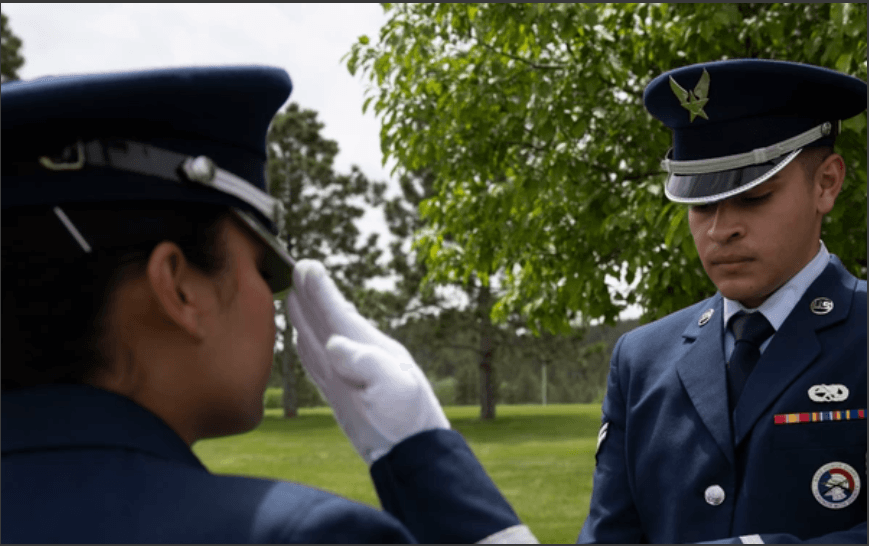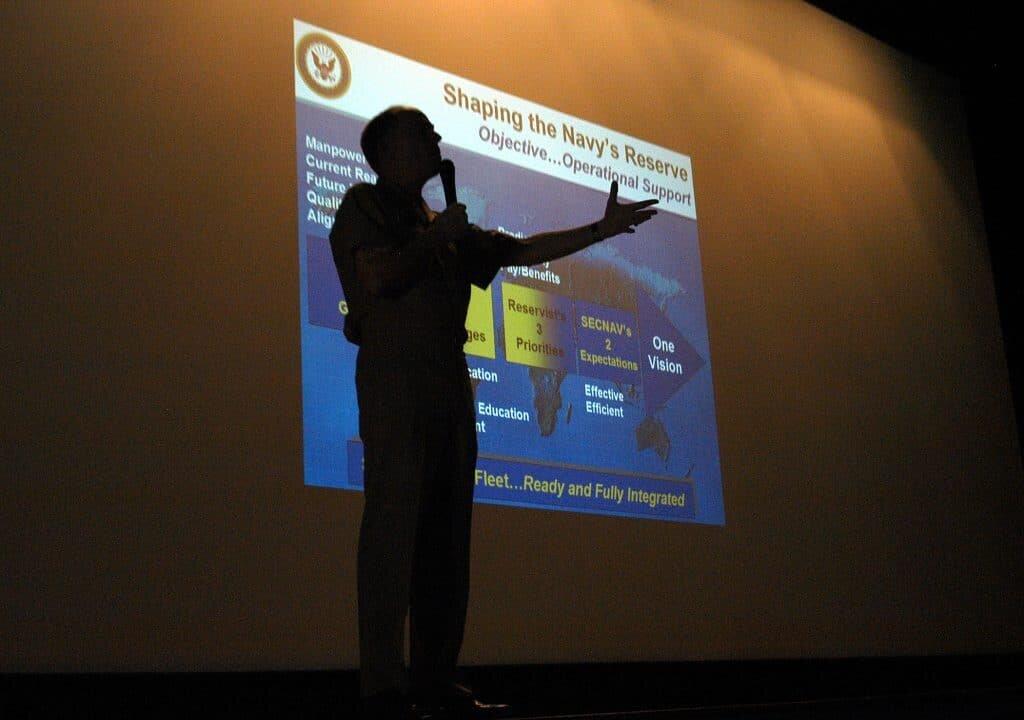Commentary
One of my favorite movies is “Twelve O'Clock High,” starring Gregory Peck, who, along with Jimmy Stewart, happens to be one of my favorite actors of all time. I recommend the movie if you haven’t seen it, and if you haven’t seen it then please watch the movie before reading on, or don’t be mad if I spoil the beginning for you.





